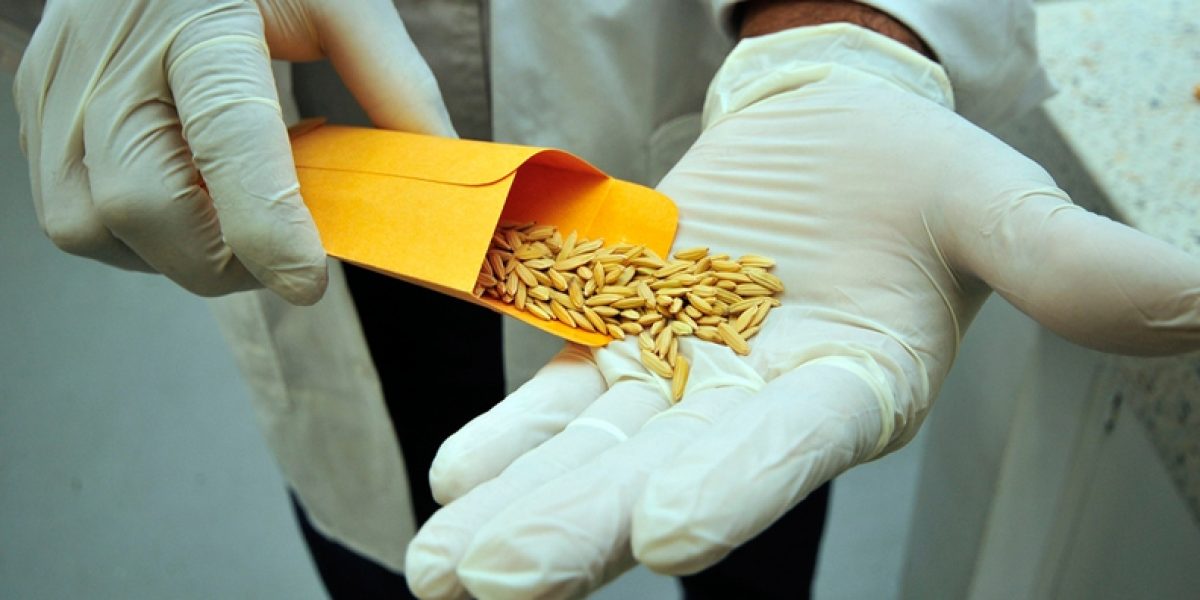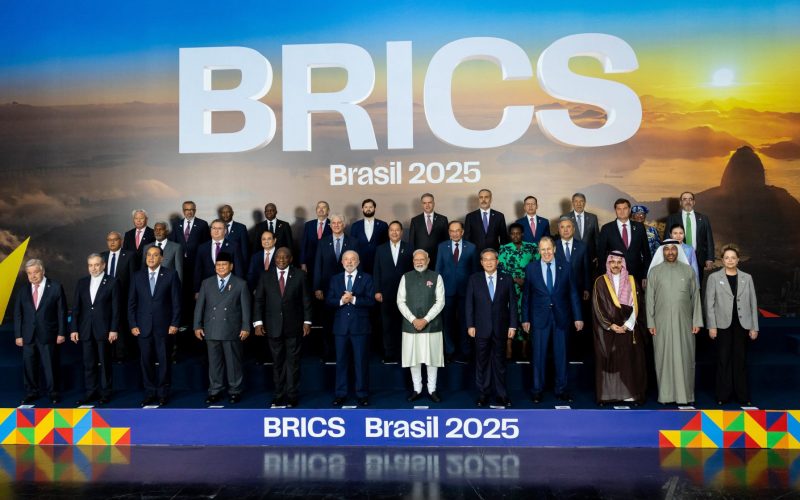This year marks the 30th anniversary of the World Food Prize, often referred to as the Nobel Prize for food and agriculture. Hosted this year in Des Moines, Iowa, from 9-15 October, the Prize honours agricultural scientists who have made significant contributions to improving the quality, quantity, and availability of food, thereby improving the lives of millions of people around the world.
Dr Norman E. Borlaug, winner of the 1970 Nobel Peace Prize for a lifetime of work to feed a hungry world, deserves great credit for skilfully establishing the World Food Prize as a platform to highlight and inspire such breakthrough scientific achievements.
The 2016 Prize will honour four outstanding scholars who are recognised for their contribution to the development and implementation of Biofortification – the process of enhancing the essential vitamins and micronutrient content of staple crops and increasing their nutritional value using agronomic practices, conventional breeding techniques or modern biotechnology.
Such innovations hold great promise for reducing ‘hidden hunger’, an issue affecting millions of people who do not have access to food with sufficient micronutrients to support healthy growth and development. As emphasised by the Sustainable Development Goals, achieving food security and ending hunger requires not only access to ‘sufficient’ food, but also nutritious and safe food; in other words, food security is as much (if not more) about quality as it is about quantity.
In parallel to the award ceremony, the event also includes the Borlaug International Symposium, where global thought leaders will gather to discuss leadership, conflict, nutrition and infrastructure as it relates to agriculture and food security.
These crucial events are set to be held at a turbulent time in some parts of the world, especially in developing regions, where food insecurity and hunger have become rampant and are undermining the health and development of millions of people. Despite the progress made in reducing the number of hungry people, approximately one out of eight people, or 13.5 percent of the total population, remain chronically malnourished in these regions. The 2015 UNDP Human Development Report reveals that sub-Saharan Africa has made the least progress amongst all developing regions towards ending hunger. Nearly one person out of four in Africa is undernourished – the highest prevalence in the world.
Agricultural innovations such as the Green Revolution significantly increased the yield per hectare of staple crops such as rice, wheat, sorghum and maize, which are widely consumed in sub-Saharan Africa. The Green Revolution has in many ways been an incredible success, but it did not ensure a balanced nutrition supply for the poor. Biofortification is crucial to helping people get the recommended levels of micronutrients.
Biofortification is a relatively new intervention in Africa. However, there is growing evidence on the continent that biofortified foods can help national efforts to eliminate hunger and enhance better health and livelihood opportunities. In Uganda, where 32% of children under five are Vitamin A deficient, HarvestPlus has been able to substantially increase the consumption of this vitamin. When HarvestPlus’ Orange Sweet Potato (OSP) Project was launched in 2007, less than 10% of sweet potato crops in Uganda were orange-fleshed varieties. A couple of years later, this had increased to approximately 50%. Children and women were eating two–thirds more orange sweet potato than previously, accounting for 53% of the total vitamin A uptake amongst these groups. Similarly, a study conducted in Mozambique has revealed that biofortified foods have considerably reduced diarrhoea prevalence (a leading cause of infant mortality) in children under the age of three.

Vitamin A Maize, a variety developed by HarvestPlus that is rich in beta-carotene, giving it a distinctive orange color. Photo © Joslin Isaacson (HarvestPlus)
Given the prevalence of malnutrition in Africa, it is essential that food security strategies seek to not only prevent hunger, but also address malnourishment. African policy makers have started to appreciate and embrace the value of fortified foods in this respect. At the first Global Summit on Food Fortification, convened in 2015 in Arusha, Tanzania, the African Union’s Commissioner for Rural Development and Agriculture, Her Excellency Tumusiime Rhoda Peace, argued that ‘…food fortification should become a critical pillar of national food and nutrition security plans.’
In order for biofortification to play its rightful part in supporting adequate nutrition on the continent, it is essential that the relationship between the concept of biofortification and genetically modified organisms (GMO) is clarified.
Food has traditionally been fortified by manually or mechanically adding vitamins and minerals in the production process. Biofortification refers to the process of enhancing the essential vitamins and micronutrient content of staple crops and increasing their nutritional value using agronomic practices, conventional breeding techniques or modern biotechnology. Biotechnology techniques can be used to create biofortified food products, such as Golden Rice, a strain of rice genetically modified to produce and accumulate Vitamin A. However, biofortification can also be achieved by conventional breeding techniques. For this reason, resistance to GMO crops should not be seen as a barrier to the adoption of biofortification strategies.
African Union flagship initiatives such as the Comprehensive Africa Agriculture Development Programme (CAADP) have an important role to play in promoting and supporting the development and implementation of biofortification in member state countries. Allocating resources and scaling up biofortification successes such as the orange sweet potato project is a key area of intervention. CAADP can provide technical assistance to member states to put in place comprehensive nutrition and food security strategies that support smallholder farmers, enhance agricultural productivity and market access, and improve food consumption at the household level.
There is also a need to design comprehensive quality control measures and undertake regular monitoring of the quality and standard of biofortified foods. CAADP can support this process by establishing technical working groups to undertake research on biosafety measures and deliver empirical evidence on vetting and labelling standards for biofortified crops; here again, the distinction between biofortified crops and GMOs may be important. More visible and transparent biosafety regulations are a crucial step to address the concern of African governments regarding GMOs.
Even if biofortified foods meet national biosafety standards, consumers may still resist such products due to misconceptions around safety, as well as differences in odour and/or flavour from traditional crops. Agricultural extension work with the rural communities who would produce and consume these products should be undertaken to raise awareness and increase the uptake of biofortified foods. A well-designed and context-specific behavioural change communication system is one such strategy to improve the adoption of biofortified products.
The fight against hunger and malnourishment requires urgent collective action to build a shared vision around new and cost-effective agricultural innovations. It will also need the support of all stakeholders (in both public and private sectors) in Africa and beyond. Creating a platform for social learning and experience sharing is therefore vital to increasing agricultural investment and promoting the development of nationally appropriate biofortified crops.








